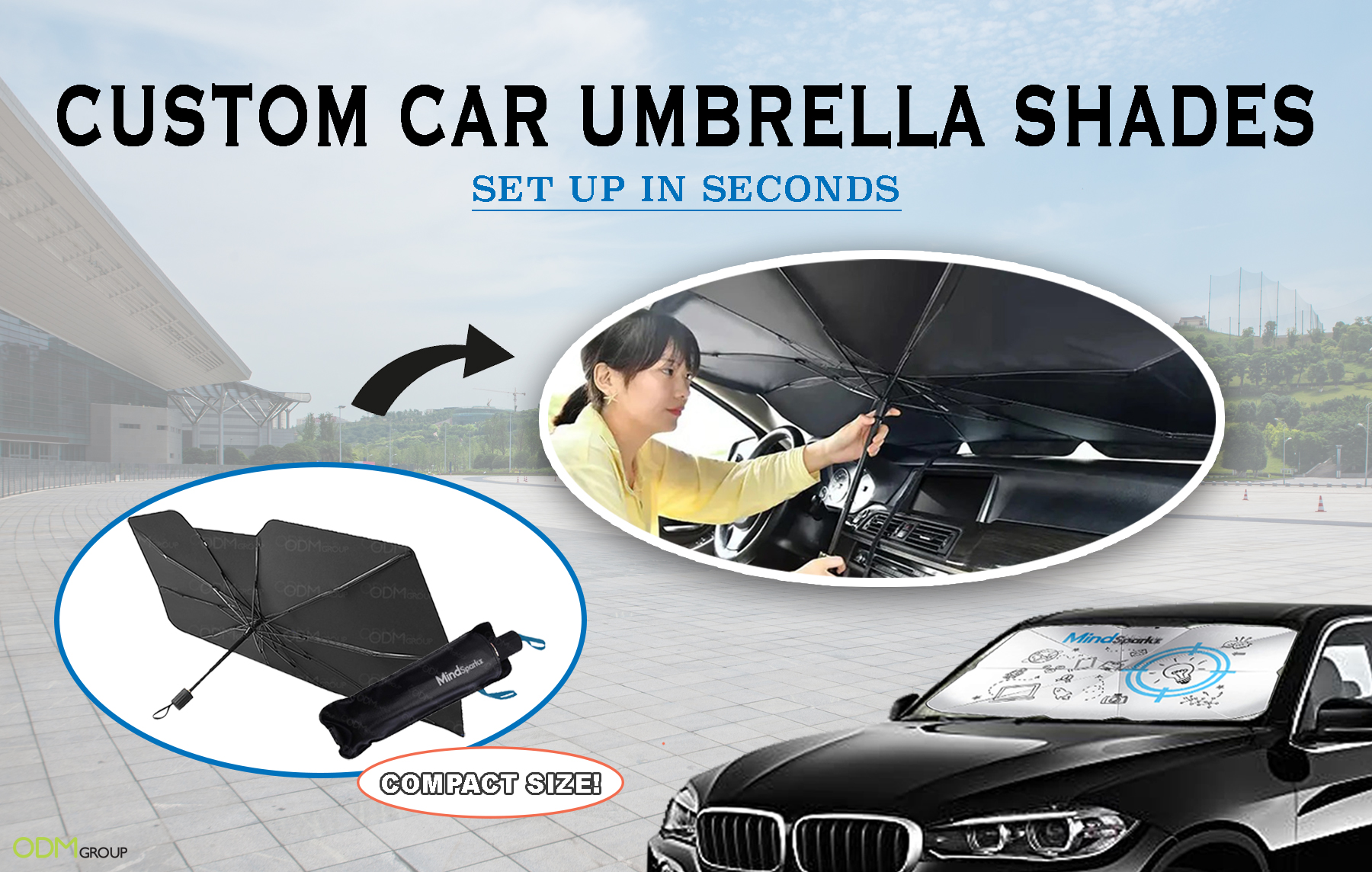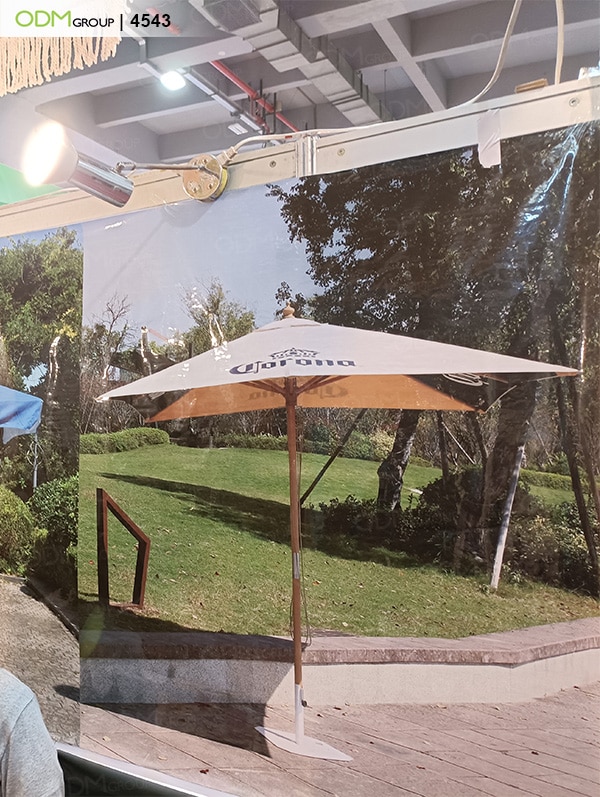Pongee fabric is a lightweight, smooth-textured cloth commonly used in clothing and linings. Pongee fabric is a popular choice for clothing and linings due to its lightweight and smooth texture.
Made from silk, synthetic fibers, or a blend of both, pongee fabric is known for its durability and simple weave structure. It originated in China and was traditionally used for making umbrellas and kimonos. Today, it is used for a wide range of applications, including dresses, skirts, shirts, and linings for jackets and bags.
The fabric offers a soft and comfortable feel, making it a preferred choice in the fashion industry. Its versatility, resilience, and affordable cost make it an excellent option for both casual and formal wear. Whether you’re looking for a fabric that drapes beautifully or one that provides a smooth and luxurious finish, pongee fabric is a reliable choice.

Credit: www.amazon.com
Table of Contents
The Origin Of Pongee Fabric
The Origin of Pongee Fabric:</strong>
The history and development of pongee fabric is intriguing. Let’s dive into how this exquisite fabric emerged and gained popularity.
History And Development
The origins of pongee fabric can be traced back to China, where it has been produced for centuries. The name “pongee” is derived from the Chinese word “pun” which means fabric, and “ji” which refers to the honey bee cocoons that the fabric resembles.
The development of pongee fabric can be attributed to the ancient Chinese silk industry. This light and airy fabric was originally handwoven from raw silk fibers, creating a delicate and luxurious material.
Characteristics And Properties
Pongee fabric is known for its unique characteristics and properties. Here are some notable features of this remarkable fabric:
- Soft and Smooth: Pongee fabric has a silky feel and a smooth texture, making it pleasant to the touch.
- Lightweight: The fabric is lightweight, allowing for comfortable wear and easy movement.
- Breathable: Pongee fabric has excellent breathability, making it suitable for warm climates or active use.
- Natural Sheen: The fabric has a natural sheen that gives it an elegant appearance.
- Durable: Despite its delicate appearance, pongee fabric is surprisingly durable and can withstand regular use.
These qualities make pongee fabric a popular choice for various applications, including clothing, home textiles, and accessories. Its versatility combined with its attractive appearance has made it highly sought after in the fashion industry.
Production Process
Pongee fabric is a popular material known for its durability and smooth texture. The production process involves several key steps including raw material selection, weaving, and finishing techniques.
Raw Material Selection
Pongee fabric is typically crafted from high-quality silk yarns or synthetic fibers. Manufacturers carefully select raw materials based on the desired quality and characteristics of the final fabric.
Weaving And Finishing Techniques
After selecting the raw materials, the weaving process begins. The yarns are intertwined on looms to create the distinctive tight weave pattern of pongee fabric. Once woven, the fabric undergoes finishing techniques such as calendaring to enhance its smoothness and dyeing to add color.
Applications And Uses
Fashion and Apparel Industry&lt;/b>
Pongee fabric is extensively used in creating stylish garments due to its lightweight and durable properties.
- Commonly found in casual wear like shirts, blouses, and skirts
- Its smooth texture makes it suitable for dresses and scarves
- Popular choice for creating trendy activewear and outerwear
Home Textiles and Accessories
Pongee fabric is ideal for home textiles as it offers a blend of softness and strength.
- Widely used in making bed linens such as sheets and pillowcases
- Perfect choice for curtains and draperies due to its elegant drape
- Utilized in creating decorative pillows and upholstery

Credit: www.theodmgroup.com
Pongee Fabric In Different Cultures
When it comes to the world of textiles, Pongee fabric is a name that holds great significance. Originating in China, this lightweight, durable, and versatile fabric has transcended boundaries and has become popular across various cultures around the world. Let’s dive into how Pongee fabric has been embraced in different parts of the globe.
Asian Influence
In Asian cultures, Pongee fabric has been an integral part of traditional attire for centuries. Made from silk thread, this fabric provides comfort and breathability, making it an ideal choice in regions with humid climates such as India, Indonesia, and Thailand.
In India, Pongee fabric, also known as ‘Pongal Silk’, is widely used to create elegant sarees, which are traditional garments for women. With its soft texture and graceful drape, Pongee fabric enhances the beauty of these sarees, making them an essential element of Indian weddings and festivals.
In Japan, Pongee fabric, referred to as ‘Habutae’, holds a special place in the traditional kimono attire. Used as an inner lining, it adds depth and structure to the garment. The lightweight nature of Pongee fabric allows for easy layering, ensuring comfort without compromising on style.
Western Adaptation
In the Western world, Pongee fabric has been embraced not only for its aesthetic appeal but also for its practicality. This fabric has found its way into various Western fashion trends, with designers incorporating it into diverse clothing styles.
Pongee fabric’s versatility has made it a favored choice for creating casual wear. It is often used in the production of shirts, skirts, and dresses due to its lightweight and breathable nature, providing comfort for everyday wear.
Additionally, Pongee fabric has also made its mark in the world of outerwear. Many renowned fashion brands have utilized this fabric to craft trench coats, raincoats, and windbreakers. Its water-resistant properties and durability make it an ideal choice for protecting against the elements while maintaining a fashionable appearance.
Not limited to clothing, Pongee fabric has even found its way into the world of interior design. It is commonly used for creating curtains, upholstery, and draperies. With its soft texture and ability to resist fading, Pongee fabric adds an elegant touch to any space, whether it be a contemporary apartment or a traditional home.
As cultures continue to evolve and blend, Pongee fabric remains an ever-present thread that connects different regions and traditions. Its immense popularity across various cultures is a testament to its timeless appeal and versatility.
Pros And Cons
When it comes to choosing the right fabric for clothing or other textile products, pongee fabric is often considered due to its unique characteristics. Like any material, pongee fabric comes with its own set of advantages and limitations. Understanding the pros and cons of pongee fabric can help you make an informed decision when considering it for your next project.
Advantages Of Pongee Fabric
Pongee fabric is highly regarded for its durability and versatility, making it a popular choice for various applications. Its notable advantages include:
-
-
- Durable: Pongee fabric is known for its exceptional strength and resilience, making it suitable for long-lasting products such as outdoor gear and sportswear.
- Lightweight: Pongee fabric offers a lightweight feel, making it ideal for travel gear and clothing items where ease of movement is essential.
- Water-Resistant: It possesses natural water-resistant properties, ensuring protection against light rain and moisture, suitable for outdoor and activewear.
-
Limitations And Challenges
While pongee fabric offers many advantages, it also comes with some limitations and challenges that are important to consider:
-
- Requires Special Care: Due to its delicate nature, pongee fabric may necessitate specific cleaning and maintenance methods to prolong its lifespan.
- Not Ideal for Extreme Conditions: While water-resistant, pongee fabric may not be suitable for heavy downpours or harsh weather conditions, necessitating additional waterproofing treatments.

Credit: www.theodmgroup.com
Innovations And Trends
Pongee fabric has evolved over the years, embracing innovations and trends to meet the demands of modern consumers. Let’s delve into the technological advancements and sustainable practices shaping the future of pongee fabric.
Technological Advancements
In the realm of pongee fabric, technological advancements</strong> have revolutionized the traditional manufacturing process. From advanced weaving techniques to cutting-edge dyeing methods, technology has enabled the production of pongee fabric with enhanced durability, water resistance, and breathability. Additionally, the integration of nanotechnology has paved the way for self-cleaning and stain-resistant pongee fabric, catering to the growing demand for low-maintenance textiles.
Sustainable Practices
Embracing sustainable practices is paramount in the textile industry, and pongee fabric is no exception. Manufacturers are increasingly prioritizing eco-friendly materials and processes, incorporating recycled fibers and implementing water-saving dyeing methods. This commitment to sustainability not only benefits the environment but also resonates with conscientious consumers seeking ethically produced pongee fabric options.
Care And Maintenance
Proper care and maintenance are crucial to prolonging the lifespan of your Pongee fabric. Follow these simple guidelines to ensure your Pongee fabric remains in excellent condition.
Cleaning And Washing Tips
- Hand wash with mild detergent and cold water.
- Avoid rubbing or scrubbing vigorously to prevent damage.
- Do not wring the fabric; gently squeeze out excess water.
- Air dry in a shaded area to prevent colors from fading.
Storage And Handling
-
-
- Store Pongee fabric in a cool, dry place away from direct sunlight.
- Avoid folding the fabric for extended periods to prevent creases.
- Use padded hangers or roll the fabric instead of folding.
- Avoid storing Pongee fabric in plastic bags as they can trap moisture.
-
Frequently Asked Questions On What Is Pongee Fabric
Is Pongee Better Than Polyester?
Pongee and polyester have their own benefits. Pongee is lightweight and breathable, while polyester is durable and easy to care for. Deciding which is better depends on your specific needs and preferences.
What Kind Of Material Is Pongee?
Pongee is a smooth fabric made from silk. It has a slightly irregular texture and is often used for clothing and linings.
What Does Pongee Fabric Feel Like?
Pongee fabric feels smooth, lightweight, and soft, with a subtle texture. It’s comfortable and breathable, offering a luxurious touch.
Is Pongee Fabric Durable?
Yes, pongee fabric is durable and can withstand regular use without easily tearing or fading. It is known for its strength and resistance to wear and tear, making it a reliable choice for various applications such as clothing, accessories, and home decor.
Read Next: What is Heather Fabric
Conclusion
Pongee fabric is a versatile and durable material that offers a range of benefits for various applications. Its lightweight and breathable properties make it ideal for clothing, while its water-resistant and wrinkle-resistant nature adds to its versatility. Additionally, Pongee fabric’s smooth texture and ability to hold vibrant colors make it a popular choice among designers.
With its unique blend of functionality and aesthetics, Pongee fabric continues to be a favorite in the fashion and textile industry.
